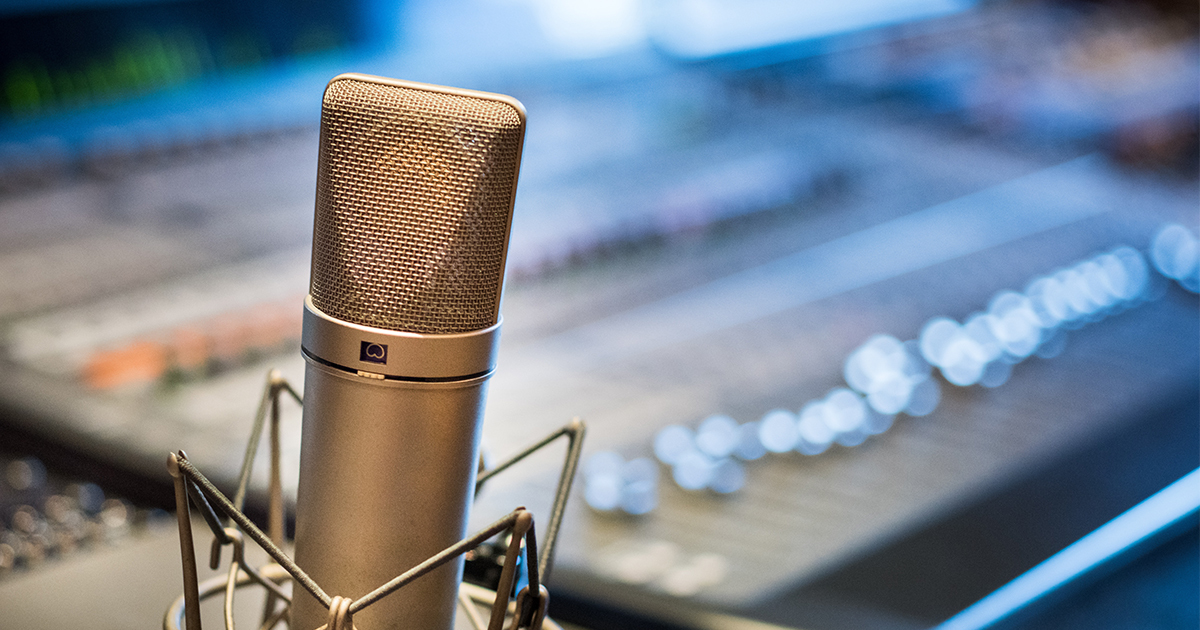Studio Saxophone Playing 101 with Studio Veteran Dan Higgins
Interview with Dan Higgins
Date Posted: September 30, 2016

Photo by Jacek Dylag
interview conducted by Ben Woodard
I’ve been asked to answer a few questions under the topic of “studio saxophone playing." Much of my work involves saxophone as well as woodwinds and that can be quite a different experience. However, for these comments I will make this all about saxophone and save any woodwind experience for another time.
What can a saxophone player expect coming into a recording session?
Dan Higgins: Saxophonists should be prepared to perform in a wide variety of styles on all saxophones. Many times no information is given as to what to expect. One personal example was recording the soundtrack to “Catch Me If You Can”. I was told to be at MGM Studios and bring an alto saxophone. When I arrived I saw that it involved a controlled alto saxophone tone in a full orchestra setting. The next day your job might be to play a wild growling tenor solo. Bottom line: you just don’t always know what you’ll be called on the day.
What are some standard techniques for recording saxophone you might suggest to get the best sound?
DH: Knowledge of microphones can help. If available, I prefer a Neumann U67 on saxophone. Take some time with the engineer to get a comfortable sound in your headphones. As a soloist, I like to add reverb on the sax to add some glamour to the sound. Keep a tuner handy to check your pitch. It’s easy to begin to go sharp as you warm up. Have a variety of reeds available to match the style. Example: I will carry a “popping” bright tenor reed and also a more neutral reed that will blend nicely in a section (a bit on the legit side). I will also bring a breathier reed if a more “Getz” concept is called for. Be prepared.
What is some of the jargon related to a studio that might help a player get a desired sound?
DH: Know your saxophone history. Many writers or producers are trying to capture a similar sound from one of the greats. When they say “more like David Sanborn” or “Paul Desmond," you will understand the difference. They may reference a popular tune that had a saxophone solo, or a Hollywood film score like Body Heat. Intimate knowledge (transcriptions, listening) will make it easier to create the desired result.
"If you play well and have something to offer, people will want to record you." - Dan Higgins
What has been your most successful technique for recording yourself? Has this achieved the same success for other players you have worked with?
DH: If you play well and have something to offer, people will want to record you. Simply, play the best you can and the sessions will follow. The busy players are professional in attitude and well prepared (horns in great shape, variety of mouthpieces, selection of reeds, understanding many styles, good intonation, impeccable time).
Do you find it necessary to change your set-up to better accommodate a studio environment?
DH: I don’t change mouthpieces as a rule but many good players find switching useful to achieve success. Obviously with the wide variety of styles we need to emulate, no one mouthpiece is perfect for everything. I play a middle of the road setup and bend it toward each style. That works for me most of the time. Each player is different but in the end good results rely on performance and musicality and not the mouthpiece or instrument.
What can a player do as a studio musician to help the process run smoothly in a time-is-money environment?
DH: Solid sight-reading is a must along with good time and intonation. An ability to interpret the style quickly is helpful. Much of saxophone “style points” cannot be accurately written on music paper. (slides, bends, vibrato, etc.) Sound like the “real deal” right away without inappropriate embellishments.
What advice do you have for a player intimidated by the recording studio?
DH: Record at home to get used to hearing yourself via headphones. Be prepared to record many takes and not to get upset or nervous repeating the same part over and over. Volunteer to record on people’s low-pressure projects to get your feet wet. Be very critical of your tone, time and intonation. Seek out mouthpieces with the most solid “core” to the tone. These solid sounds record much better than perhaps a louder more “spread” tone.
See you in-session soon!!
Subscribe to the We Are Vandoren E-newsletter (WAVE) to receive 4 weekly articles for Performers, Students, and Educators